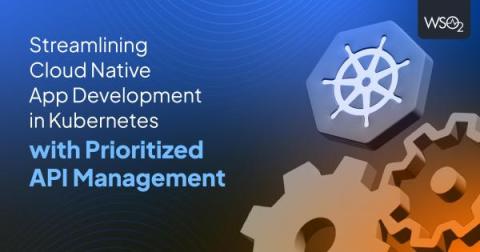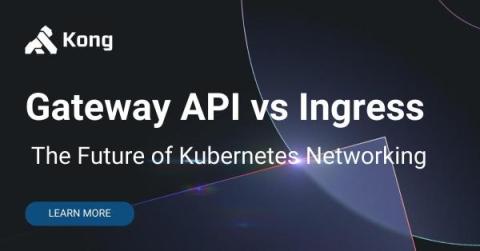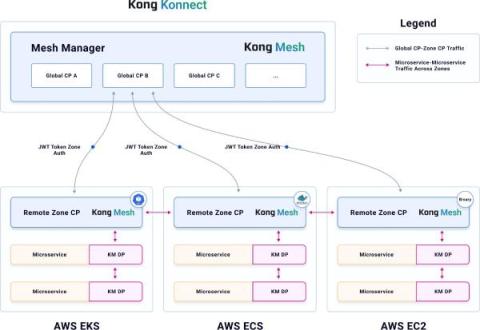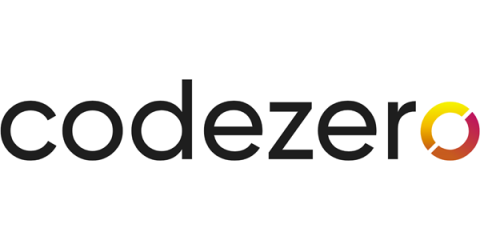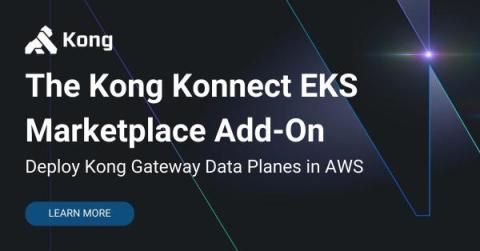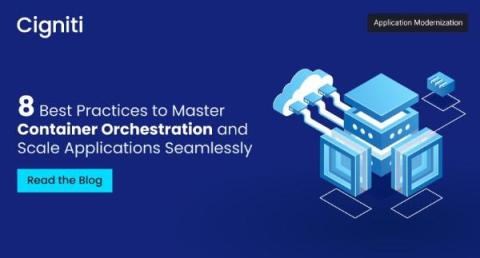Streamlining Cloud Native App Development in Kubernetes with Prioritized API Management
For years, we've witnessed how applications have shifted to the cloud, driven by cost savings, flexibility, on-demand access, scalability, and faster deployment times. During that time, new architectural best practices for building cloud native applications have emerged. (For more insights, refer to this whitepaper.) Yet despite these advances, it remains difficult to build cloud native applications that fully take advantage of Kubernetes, the platform of choice for most cloud deployments.


